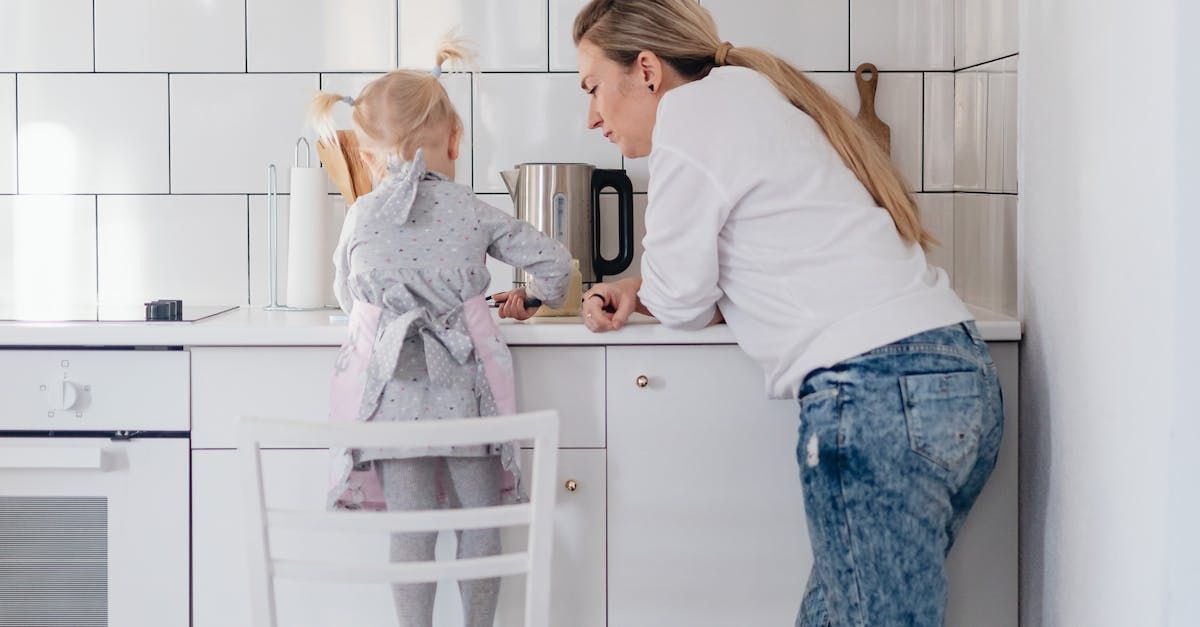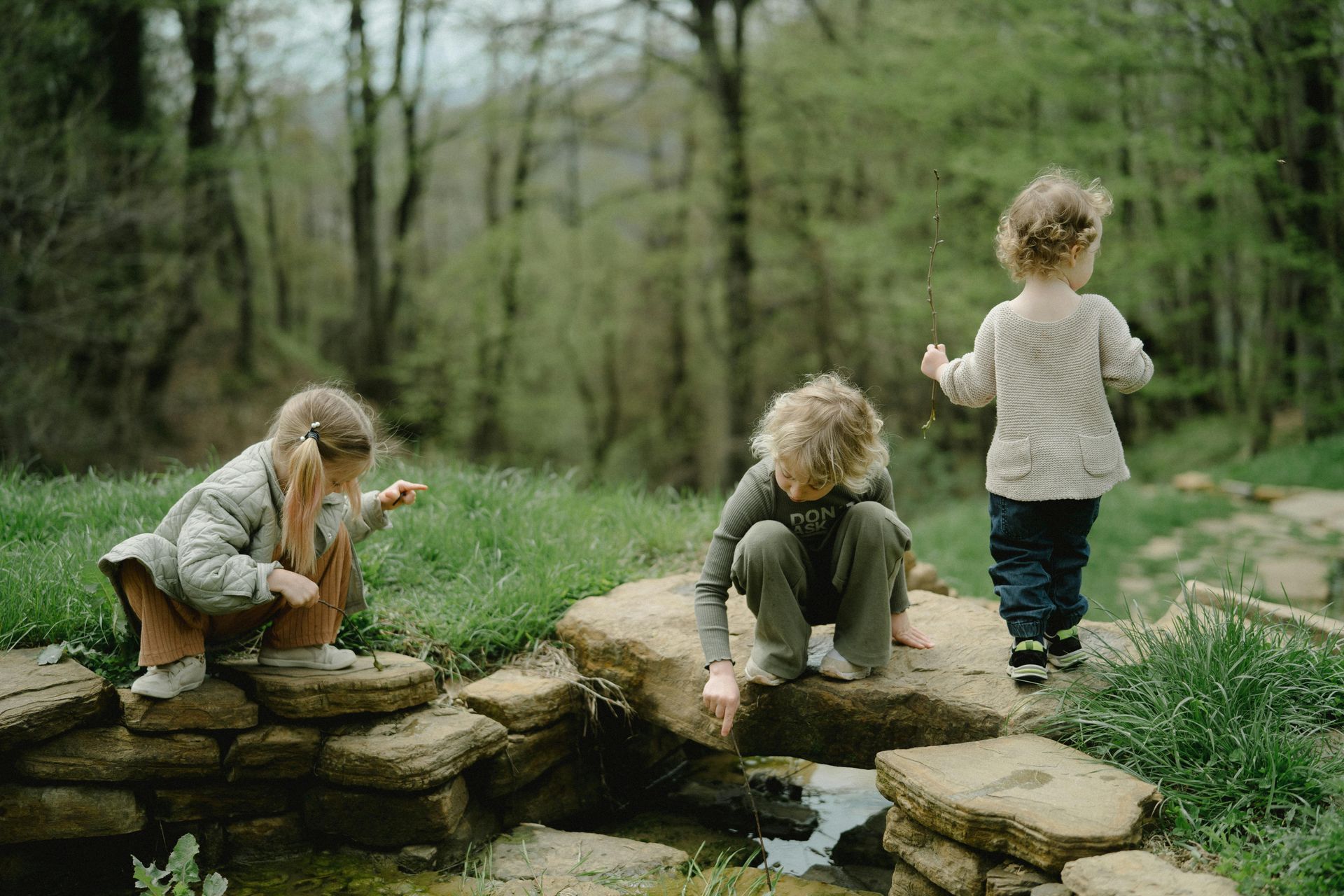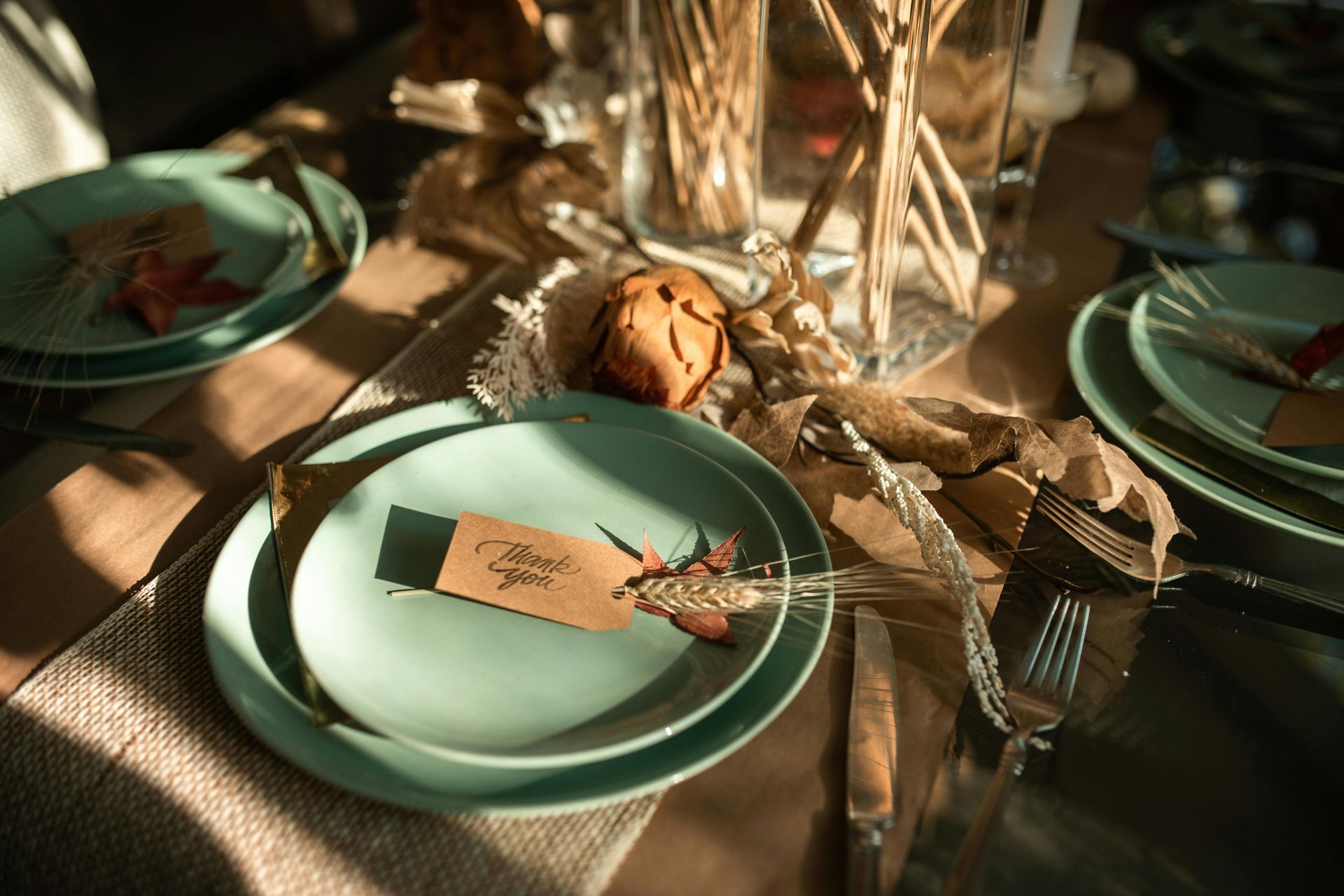
Montessori education is most commonly associated with Montessori schools, but it's not limited to those four walls. Anyone – parents, caregivers, educators – can make a Montessori environment at home.
While there's no manual for raising a child, there is one for creating an environment where any child can use their inherent ability to learn through the world around them. For over 100 years, parents have used the Montessori philosophy of education developed by Dr. Maria Montessori to help their children physically, cognitively, emotionally, and socially explore their expanding world.
Parents do not need to feel pressured to incorporate Montessori into every aspect of the home. Start with one area, and watch your child become independent and eager to be a contributing member of the family. Over time, add another area and then another.
Below are some suggestions in how to incorporate Montessori philosophy and the prepared environment into different areas of your home.
The Prepared Environment at Home
The prepared environment for the child is not a concept that is exclusive to the classroom. You can take a few small steps to create a well-prepared Montessori environment in your own home that will foster a sense of independence and self-sufficiency within your child.
In the Car
Make sure you keep the inside of your car tidy and neat. Avoid having trash or leftover food lying around. Allow the child to buckle themselves up if they can. Play child-friendly music or classical music.
In the Bedroom
Select a bed that the child can easily access and encourage them to make their own bed. Select appropriate toys and place them on shelves that they can reach on their own. Encourage them to keep their room looking neat and beautiful. You can also put their clothing and shoes in a place where they can easily access them so that they can dress themselves.
In the Kitchen
Invest in some kitchen tools and utensils that are child-sized, so they easily fit in the child’s hands. Consider a kitchen ladder or stool so that the child can help you prepare meals. Use real plates and cups as opposed to cardboard or plastic ones. Have cleaning tools the child can use, so if they spill anything, they can tidy up after themselves.
In the Playroom
Utilize child-sized furniture. Arrange the room so that any artwork or shelves are at the eye level of the child. Have a table and chairs for them to do work. Try to focus on toys and materials made from wood and natural materials. Establish a rule that the child can use one toy or activity at a time, and then put it away neatly when finished. If you have a lot of toys, a good option is to rotate them, changing it up every now and then so that the child has choice, but isn’t overwhelmed.
In the Bathroom
Place a stool next to the sink and toilet so that the child can access them without assistance. Walk the child through a good hygiene routine and give them the space to do it on their own. Explain that they should take pride in being clean and neat. Encourage them to keep the bathroom clean.
Outdoor Space
Aim to have a place for your child to play outside if possible. Set up some child sized furniture or a safe play structure. Explain to them that it is important to be gentle with the nature around them, not to pull on leaves or flowers, instead to observe with their eyes. Gardening is a nice bonus, it’s a great sensorial activity, and the child will be able to observe nature at work and feel pride in keeping their garden beautiful.


